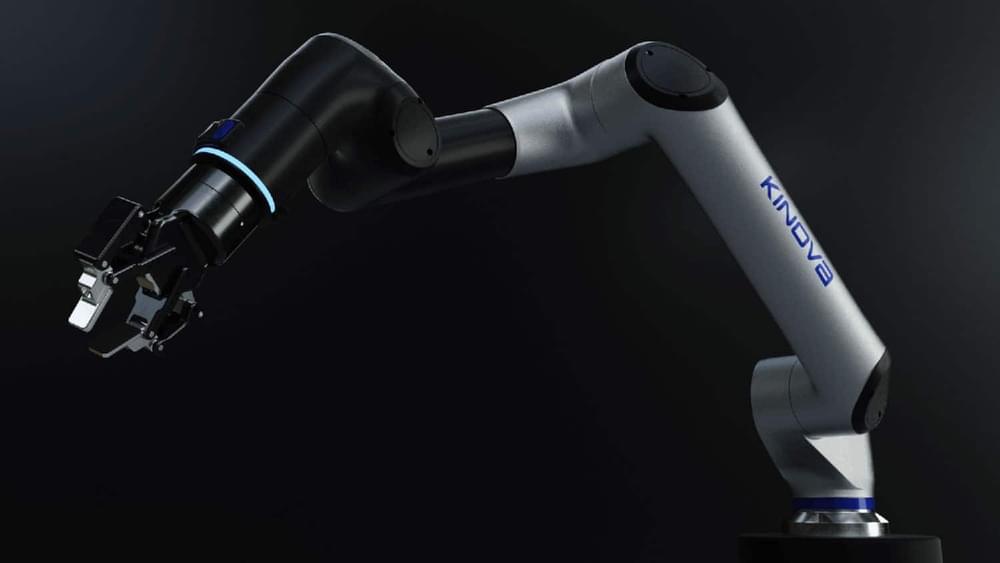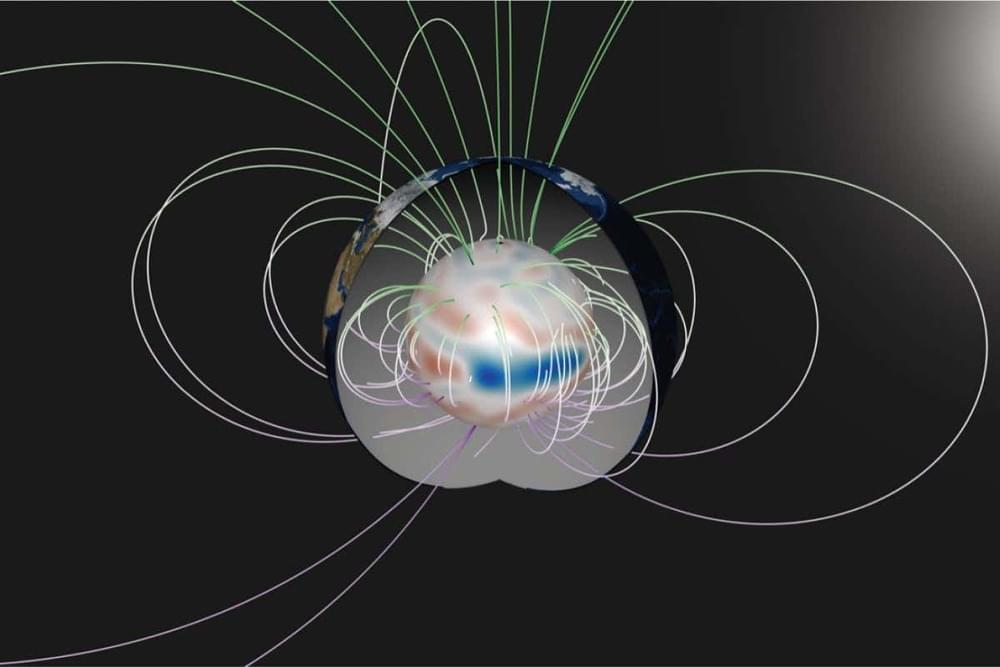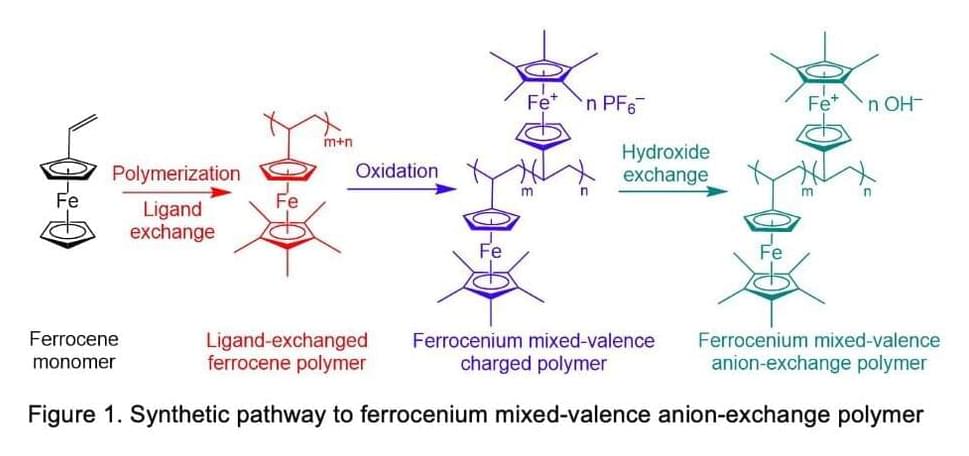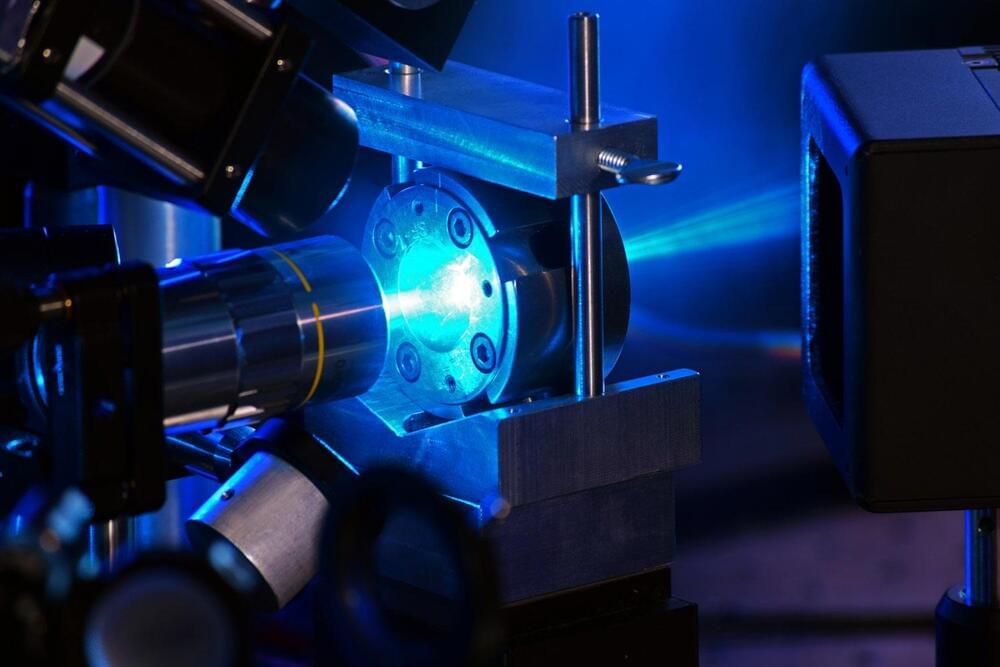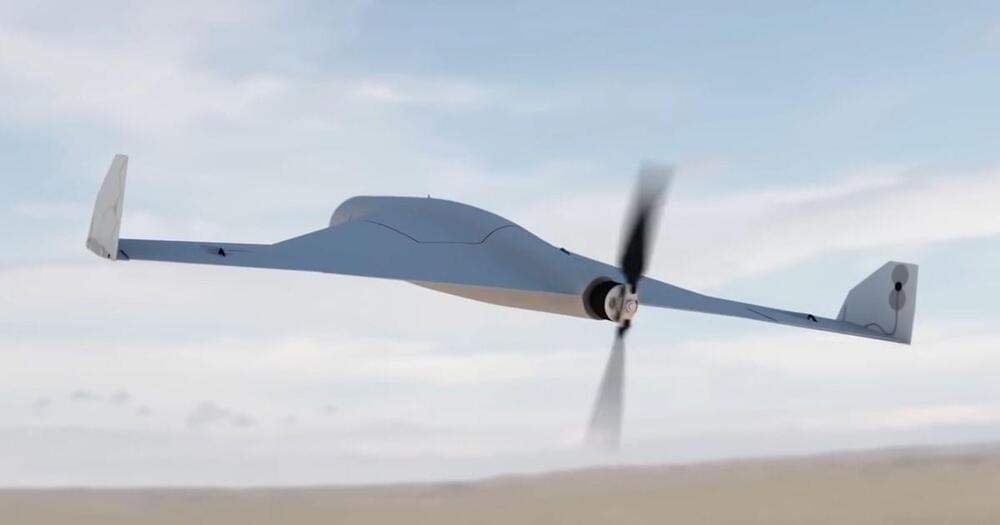Mar 23, 2022
Kinova Link 6, a new-gen robust, industrial collaborative robot
Posted by Shubham Ghosh Roy in categories: business, robotics/AI
Kinova, a Canadian company that specializes in robotic arms, is launching Link 6, a new generation industrial robot designed for all businesses looking to benefit from automation.
The Link 6 collaborative robot features automation solutions that enable greater daily efficiency while improving the quality and consistency of production results. Kinova’s newest robot helps you start producing faster thanks to a rich interface on its wrist, feed-through of power and data, optional Gigabit Ethernet adapter, and optional wrist vision module.
The company says its Link 6 controller provides the highest processing power and memory capacity on the market, making it ready to use with the AI solutions of the future while keeping the size of the controller compact. Link 6 robotic arm is developed and designed with any user in mind: an experienced industrial integrator and an operator with no particular robotic skills.
